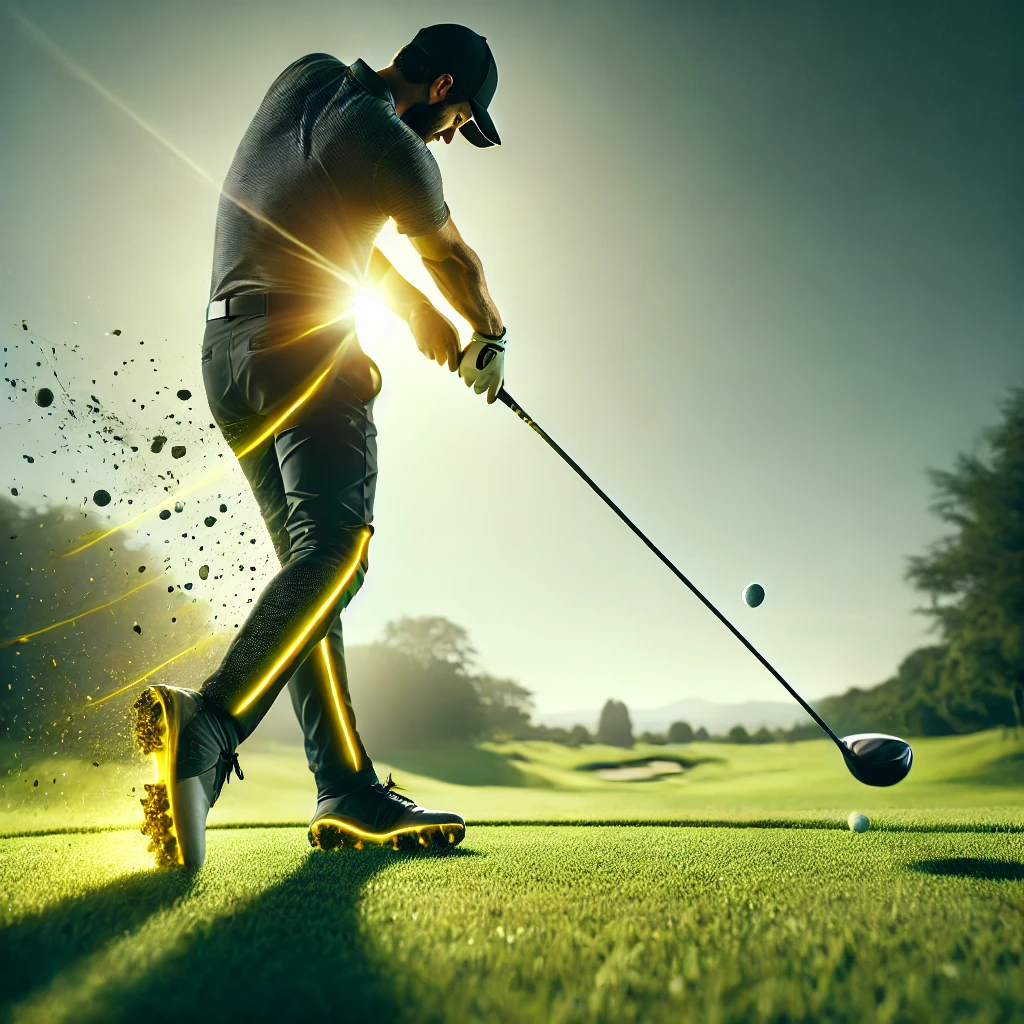

After exploring iron contact last week, let’s focus today on the driver. This club, designed to deliver power and distance, requires a very specific approach. Unlike other clubs, the driver demands a positive attack angle, where the ball is struck on the upswing to unleash its full potential.
Let’s discover together the mechanical basics, practical exercises, and essential statistics to perfect your contact with the driver.
The driver stands out from other clubs by its size, reduced loft, and main objective: maximizing distance. To achieve this, it is crucial to:
By hitting on the upswing, you benefit from better energy transfer and increased control of your trajectory.
A positive attack angle promotes a longer flight by limiting backspin. When backspin is too high, the ball tends to balloon, sacrificing distance.
A poor attack angle (descending) can exacerbate:
To improve your driver contact and hit on the upswing, here is a simple exercise:
The ball speed generated by impact is decisive to maximize distance. An optimal contact with a well-executed swing can produce speeds over 150 mph among pros, but aiming around 130-140 mph for amateurs is an excellent goal.
Backspin, measured in revolutions per minute (RPM), influences stability and distance.
A launch angle between 12° and 15° optimizes trajectory. This parameter depends on your driver’s loft and your positive attack angle.
The driver is a demanding club but extremely rewarding when well mastered. Hitting on the upswing, with a positive attack angle, is the key to maximizing your distance and reducing undesirable effects.
By incorporating the elevated tee exercise and adjusting your posture and ball placement, you will quickly improve your contact. Remember: a good driver is played with fluidity and precision, not excessive force.

Passionate golfer and co-founder of Teech Golf. My mission with Teech is to build technology that becomes a true companion in helping you improve your game.
Downloard Teech Golf on iOS/Android and get your free customized training plan with video by top coaches !
Download app